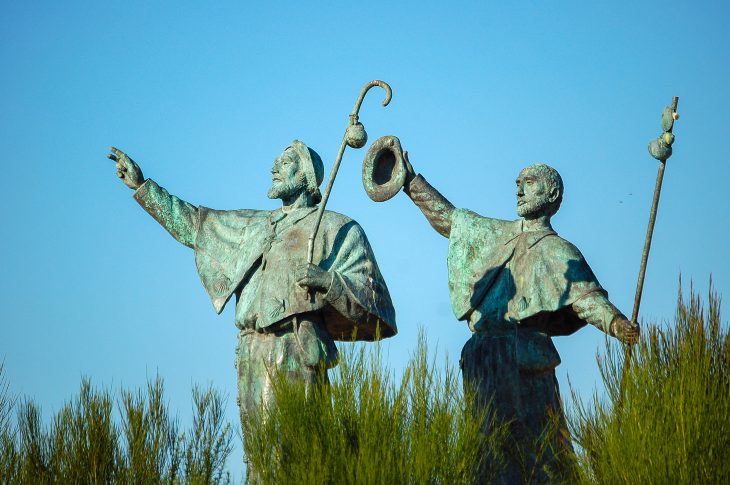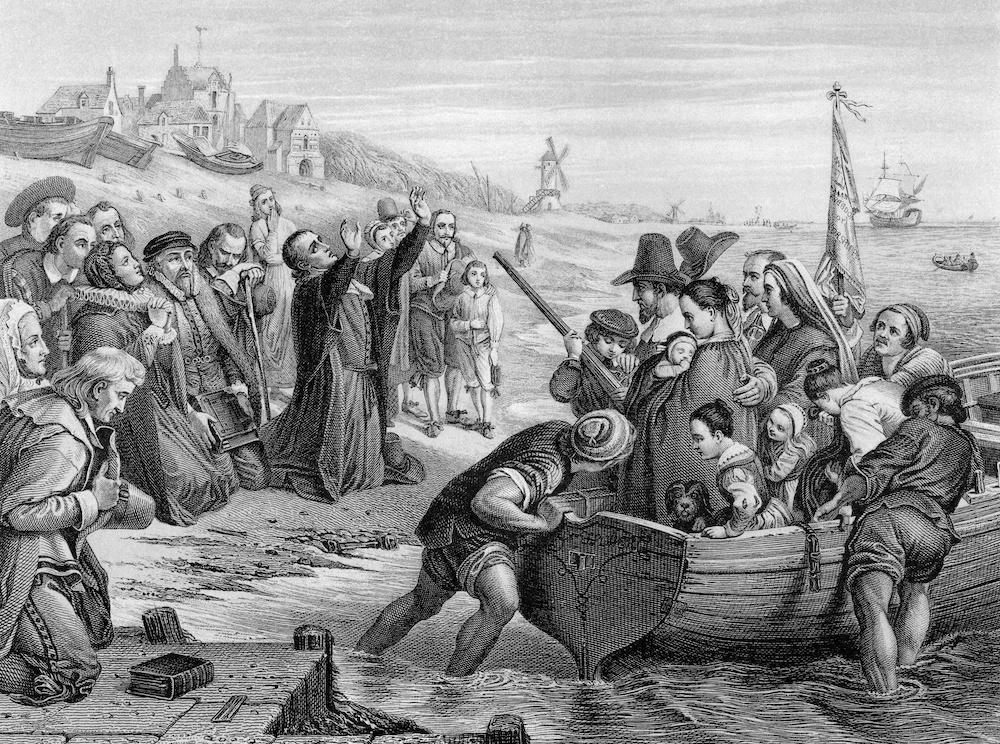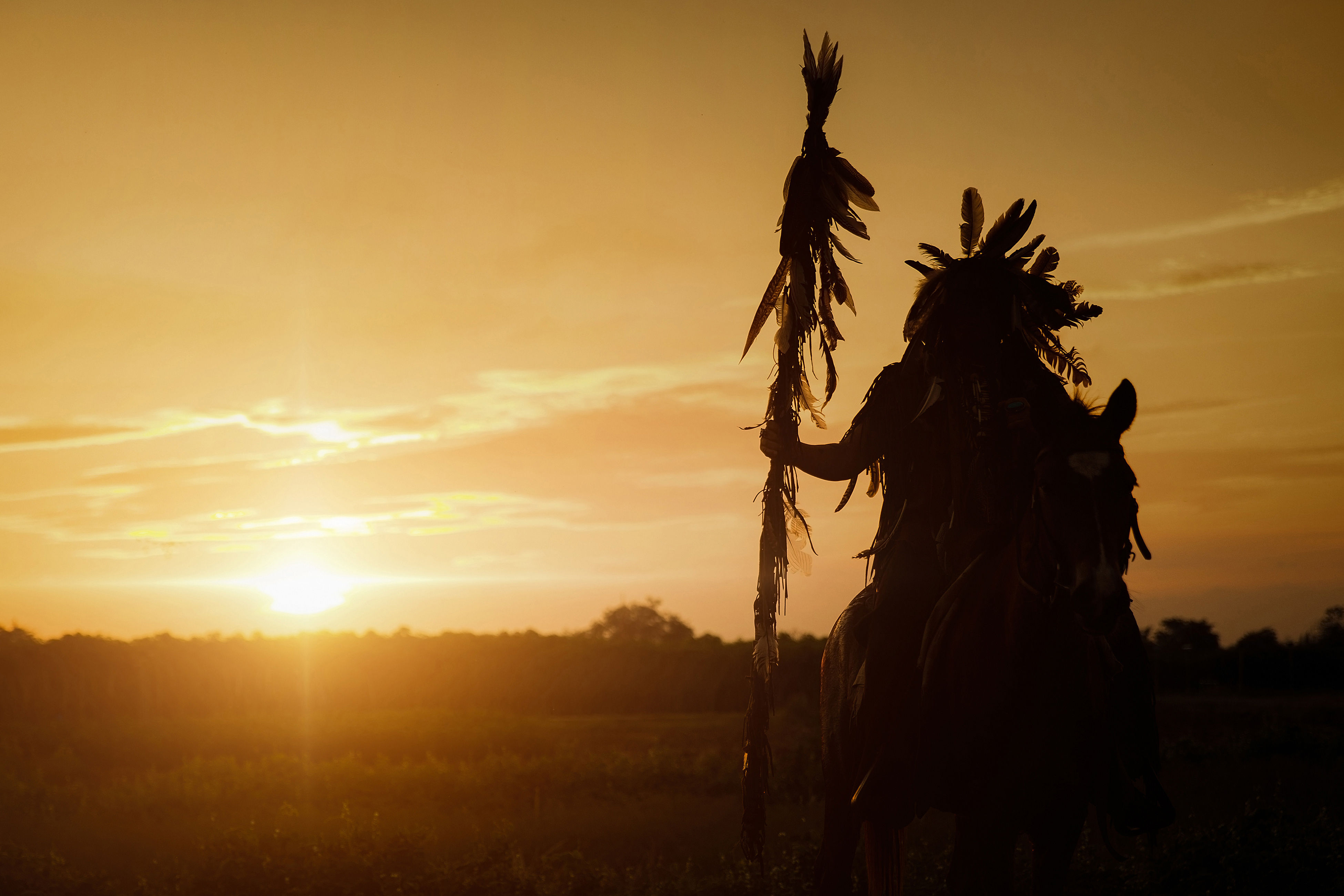
Step back in time to the early 17th century and immerse yourself in the fascinating world of the Pilgrims—the brave pioneers who embarked on a perilous journey in search of religious freedom and ultimately played a crucial role in the establishment of the United States. In this article, we will uncover captivating facts about the Pilgrims that shed light on their struggles, triumphs, and enduring legacy. So, grab your time-traveling hat, and let’s explore the extraordinary journey of the Pilgrims!
The Pilgrims’ Pursuit of Religious Freedom
The Pilgrims were a group of English Separatists who sought religious freedom from the Church of England. Facing persecution and limited opportunities in their homeland, they made the courageous decision to leave England and seek a new life elsewhere.
The Mayflower Voyage
In 1620, the Pilgrims set sail aboard the Mayflower, a small ship bound for the New World. After a treacherous journey lasting 66 days, they arrived at Cape Cod, Massachusetts, on November 21, 1620. This historic voyage marked the beginning of a new chapter in American history.

Plymouth Colony: The Pilgrims’ New Home
Upon reaching the New World, the Pilgrims established Plymouth Colony, their intended destination. Led by Governor William Bradford, they built a settlement and faced numerous challenges, including harsh weather conditions and a lack of resources. Through perseverance and cooperation with the Wampanoag Native Americans, the Pilgrims were able to survive and thrive.
The First Thanksgiving
One of the most iconic events associated with the Pilgrims is the First Thanksgiving. In 1621, after a successful harvest, the Pilgrims and Wampanoag Indians came together to celebrate and give thanks. This feast marked a symbol of friendship and cooperation between the two groups, and it is considered the origin of the Thanksgiving holiday celebrated in the United States today.
Influential Figures
Throughout their journey, the Pilgrims were guided by influential figures who played pivotal roles in their history. One such figure was William Bradford, who served as the governor of the Plymouth Colony for over 30 years. His leadership and diplomatic skills were instrumental in the colony’s survival and development.
Pilgrim Clothing and Lifestyle
Life for the Pilgrims was challenging, and their clothing reflected the practicality of their circumstances. They dressed in simple, functional garments made from materials like wool and linen. The Pilgrim lifestyle was centered around their faith, with regular church services, Bible study, and a strong emphasis on community and family values.
Pilgrims’ Relationship with Native Americans
The Pilgrims’ interaction with the Wampanoag Native Americans played a crucial role in their survival. The Native Americans taught them vital skills such as farming, fishing, and hunting, enabling the Pilgrims to adapt to the harsh conditions of their new environment. The alliance between the Pilgrims and the Wampanoag fostered a period of peace and cooperation that lasted for several decades.

The Mayflower Compact
In the absence of a formal government structure, the Pilgrims drafted the Mayflower Compact—an agreement that established a system of self-governance for the Plymouth Colony. Signed by 41 male passengers aboard the Mayflower, the Compact ensured that laws and decisions would be made for the general good of the colony.
Impact on American History
The Pilgrims’ journey and establishment of Plymouth Colony left an indelible mark on American history. Their pursuit of religious freedom and commitment to self-governance laid the foundation for the principles that would shape the United States. The Pilgrims’ story embodies the spirit of perseverance, resilience, and the pursuit of liberty that continues to resonate today.
Pilgrim Descendants and Commemoration
Today, many Americans can trace their ancestry back to the Pilgrims, making their legacy a personal connection for countless individuals. The story of the Pilgrims is commemorated in Plymouth, Massachusetts, where visitors can explore historical sites such as Plymouth Rock and the Mayflower II—a replica of the original ship.
Conclusion
The Pilgrims’ courageous journey and unwavering commitment to religious freedom have left an indelible mark on the history of the United States. Their story serves as a reminder of the power of determination, unity, and the pursuit of liberty. As we reflect on their extraordinary voyage, let us honor the Pilgrims’ legacy and the enduring principles they brought to the shores of the New World.
Was this page helpful?
Our commitment to delivering trustworthy and engaging content is at the heart of what we do. Each fact on our site is contributed by real users like you, bringing a wealth of diverse insights and information. To ensure the highest standards of accuracy and reliability, our dedicated editors meticulously review each submission. This process guarantees that the facts we share are not only fascinating but also credible. Trust in our commitment to quality and authenticity as you explore and learn with us.
